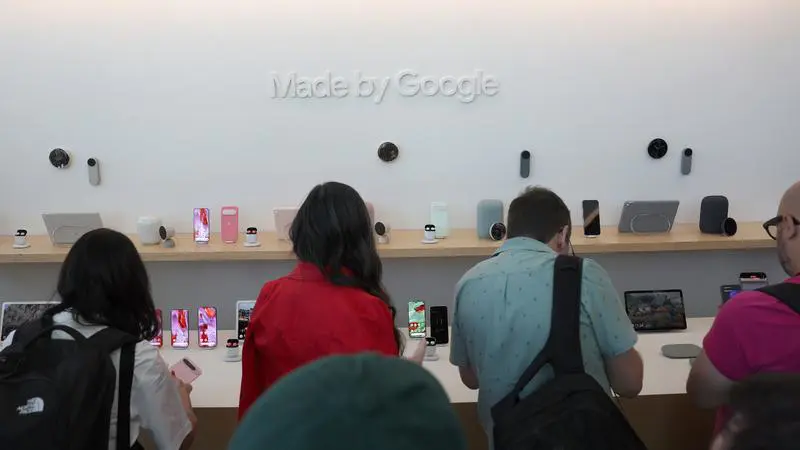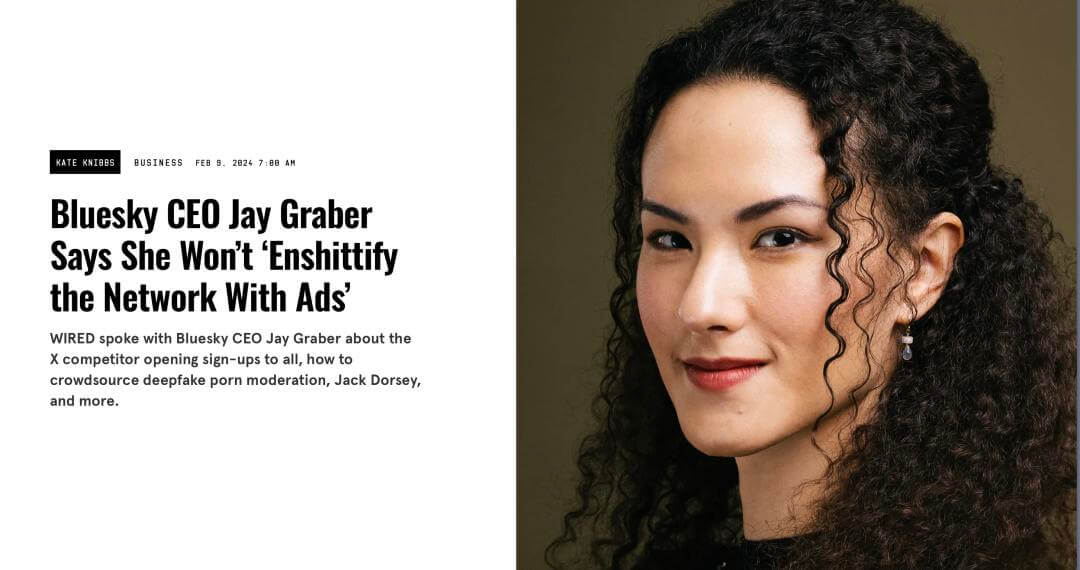For marketing practitioners, "Brand Personification" is a familiar term. It is one of the key marketing topics discussed daily and something many are already implementing.
In today’s information-overloaded world, for a brand to stand out among competitors, it not only requires quality products and services but also a unique personality. Brand personification, as a marketing strategy, has become an essential way to establish deeper emotional connections between brands and consumers. By giving a brand human-like traits, not only can it enhance the brand's recognition and appeal, but it also helps in building a unique brand image in the minds of consumers.

But when we talk about brand personification, what exactly are we discussing?
01 What Is Brand Personification?
A widely accepted definition of "brand personification" is the process of attributing human-like characteristics, personality, or behavior patterns to a brand.
Simply put, it means treating the brand as if it were a person, operating with a human identity.
This process turns the brand from an abstract concept or a collection of products into an entity capable of establishing emotional connections with consumers, with its own unique personality traits, values, communication style, and storytelling ability.
Brand personification includes, but is not limited to, the following aspects:
Personality Traits:
Brands can be given specific personality traits, such as friendliness, humor, reliability, or innovation. These traits help shape the brand’s identity, making it easier for consumers to recognize and remember the brand.
Values:
Brands can express certain values or beliefs, such as sustainability, social responsibility, or a pursuit of excellence. These values resonate with consumers, deepening their sense of identification with the brand.
Communication Style:
Brands show their humanized side through their communication style, including language and visual elements. For example, using a casual and humorous tone or warm and approachable visuals can make a brand appear more relatable.
Storytelling:
By sharing the stories behind the brand or those related to consumers, a brand can showcase its uniqueness and trigger emotional resonance with its audience.
Interactive Experience:
Brands can also express their personification through interactions with consumers, such as engagement on social media or customer service experiences.
In fact, "brand personification" is closely related to the theory of brand archetypes.
Psychologist Carl Jung believed that within human subconsciousness lies a system of archetypes inherited from cultural heritage, which is a psychological pattern passed down through millennia. This archetype system holds cultural commonality, allowing individuals to react "intuitively and collectively."
The brand archetype theory applies this hypothesis to brand building, suggesting that brands can be seen as representations of these archetypes. By constructing a brand archetype (brand personality), businesses can engage consumers' subconsciousness, driving their actions, decisions, and purchases, and building emotional connections with the brand.
Later, American scholars Margaret Mark and Carol S. Pearson summarized the brand archetype theory, categorizing brand archetypes into 12 cultural archetypes across four main categories:
Category 1: Independent Personalities
Includes the Innocent, Explorer, and Sage archetypes.
Category 2: Control Personalities
Includes the Hero, Rebel, and Magician archetypes.
Category 3: Belonging Personalities
Includes the Everyman, Lover, and Jester archetypes.
Category 4: Stability Personalities
Includes the Caregiver, Creator, and Ruler archetypes.
Brand archetypes provide a powerful tool for brand personification, allowing brands to create unique market identities and establish more meaningful relationships with consumers.
Brand personification imbues the brand with specific human-like qualities, making it more relatable. Meanwhile, brand archetypes offer a predefined personality template from which a brand can choose its ideal representation, such as "Explorer," "Hero," or "Caregiver." This selection not only ensures consistency in the brand’s personality traits but also offers a rich storytelling framework, helping to deepen consumer understanding and recall of the brand.
More importantly, different archetypes represent different values. By aligning with a specific archetype, a brand can more clearly communicate its core values and establish a deeper emotional connection with its consumers.
02 What Value Does Brand Personification Bring to Marketing?
Brand personification is becoming increasingly important in today’s market competition and holds significant value for brand marketing. This is because consumers are not only interested in the functional aspects of a product but are also increasingly valuing the emotional connection and personal identification a brand offers.
1. Strengthening Emotional Connections
Brand personification helps create deeper emotional bonds between a brand and its consumers. By giving the brand distinct personality traits, such as humor, reliability, or innovation, consumers are more likely to resonate with it, thereby increasing brand loyalty.
For example, Apple’s brand image is often associated with innovation, simplicity, and premium quality. This personified approach makes consumers feel that Apple is more than just a tech company—it represents a lifestyle.
2. Increasing Brand Recognition
Standing out among numerous brands is no easy task, but brand personification can increase a brand's recognition through unique stories and design. A brand with a strong personality is easier to remember, leaving a lasting impression on consumers.
For instance, Coca-Cola conveys happiness and sharing through its positive and optimistic brand image and the iconic slogan "Open Happiness." This form of brand personification has earned Coca-Cola high recognition worldwide.
3. Shaping Brand Values
Brand personification helps clarify a brand’s core values and communicate them to its target audience. When a brand has a clear personality, it is better positioned to resonate with consumers’ values.
Patagonia, an outdoor apparel brand, emphasizes environmental sustainability and social responsibility in its brand personality. This has not only attracted eco-conscious consumers but also boosted the brand’s positive image and social influence.
4. Promoting Word-of-Mouth
When consumers believe that a brand shares similar values and personality with themselves, they are more likely to recommend the brand to others. Word-of-mouth marketing is far more effective than traditional advertising because it is based on genuine feelings and is more likely to gain trust.
For example, Airbnb’s "Belong Anywhere" slogan and storytelling platform successfully personify the brand as caring and human-centered, encouraging users to share their experiences, further promoting the brand.
5. Enhancing Brand Adaptability
As the market environment evolves, brands need to adjust their strategies and images accordingly. Brand personification allows a brand to be more adaptable in facing different market challenges. A brand with a distinct personality can more easily adjust to changing consumer needs, maintaining its relevance and vitality.
Nike, for example, continuously updates the spirit behind its "Just Do It" slogan to adapt to various market demands, from sports to fashion, from competition to leisure.
6. Creating Differentiated Competitive Advantages
In a market with severe product homogeneity, brand personification helps businesses stand out among competitors. By creating a unique brand personality, companies can generate a competitive advantage that is difficult to replicate.
For instance, Dove’s "Real Beauty" campaign, which promotes self-confidence and authentic beauty, has set the brand apart from its competitors in the beauty industry, offering a distinctive personified brand strategy.
03 How to Implement Brand Personification?
Building a personified brand is not just a short-term promotional campaign, but a long-term project that aligns with brand strategy and serves both short- and long-term marketing goals.
Step 1: Define Brand Personality (Select a Brand Archetype)
To successfully implement brand personification, we must first define the brand's personality or select a brand archetype. This requires understanding the brand’s positioning and target audience while identifying a brand personality that resonates with consumers’ needs, values, and preferences.
A brand’s personality should either inspire consumers’ ideal selves, like heroic perseverance or rebellious innovation, or reflect their current reality, providing products or services that fit their lifestyle. This consistency helps build deeper emotional connections and enhances brand loyalty.
Step 2: Shape the Brand Story & Visual Identity
The brand story is the soul of brand personification, allowing consumers to learn more about the brand's origins, journey, and core values. The visual identity, including colors, fonts, logos, and packaging design, represents the external expression of brand personification, creating a unique visual recognition system that aligns with the brand’s character.
Additionally, consider creating a distinctive brand voice by carefully designing the language style, tone, and word choice, so that when consumers hear the brand’s voice, they immediately associate it with the brand.
Step 3: Build a Content System and Continuously Promote
Once the brand’s personality and visual identity are defined, it’s essential to build a rich and cohesive content system and promote it consistently through multiple channels. The content should reflect the brand’s personality and values, and it must be diverse and creative to resonate with consumers.
For example, if a brand is defined as an "Explorer," its content should revolve around themes of exploration and the pursuit of new experiences. High-quality, creative content will evoke consumer resonance, helping them connect with the brand on a deeper level.
Step 4: Continuous Optimization and Adjustment
Brand personification is not achieved overnight; it’s a continuous process of optimization and adjustment. Brands need to regularly analyze performance data to understand which content resonates with consumers and which channels are most effective. Brands should also gather consumer feedback to understand their perception and expectations of the brand’s personality.
Based on this data and feedback, brands can adjust their strategies and content to ensure the effective implementation of brand personification. Additionally, brands must remain agile, ready to respond to changes in the market and consumer demands, ensuring that the brand’s personality remains aligned with both the market and its consumers.
Conclusion
In today’s fast-changing market environment, brand personification has become an indispensable part of brand marketing. By giving a brand human-like qualities, not only can it deepen consumer understanding and memory of the brand, but it can also forge tighter emotional connections with consumers. As we have seen, successfully implementing brand personification requires the consistent execution of long-term strategies, from defining a brand archetype to building a comprehensive content system.
Brands that master the art of personification will not only stand out among the competition but will also establish strong and enduring relationships with consumers, achieving long-term success in the market.







